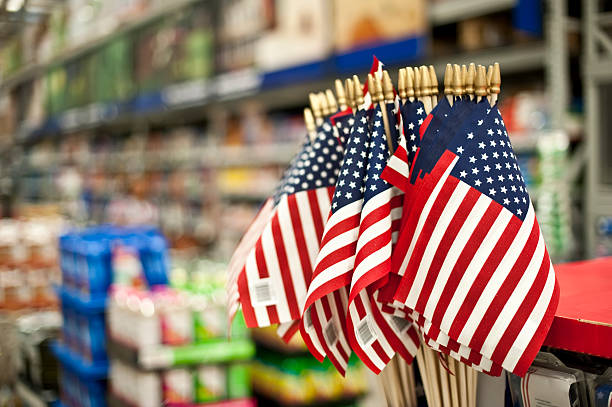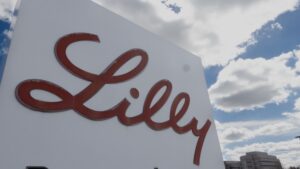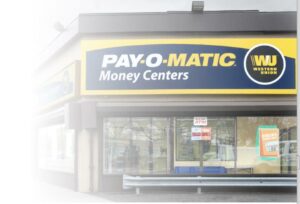Retail sales rose 1.0% for the month of July. That was much higher than the consensus forecast calling for a more moderate increase of 0.4%. However, June’s figure was revised downward to -0.2% month/month (previously flat).
Trade in the auto sector was up 3.6% m/m, as the increase at motor vehicle dealers (4.0%) was partially offset by the decline at automotive parts and accessory stores (-0.8%).
Sales at gasoline stations rose a marginal 0.1% m/m, breaking two consecutive months of sizeable declines. The building materials and equipment category rose by 0.9% m/m.
Sales in the retail sales “control group”, which excludes the volatile components above (autos, building materials and gas) and is used to estimate personal consumption expenditures (PCE), rose 0.3% on the month after rising by 0.9% m/m in June.
- Among the control group, the largest positive contributions came from food and beverage stores (0.9% m/m), health and personal care stores (0.8%) and department stores (0.5% m/m).
- The largest declines were at miscellaneous stores retailers (-2.5% m/m) and sporting goods and hobby stores (-0.7% m/m).
Food services & drinking places – the only services category in the retail sales report –rose 0.3% m/m. June’s data was also revised down to 0.1% (reported as 0.3% previously).
Key Implications
Retail sales opened up the third quarter on a better footing than it closed the second. The rebound suggests that despite mounting pressures on consumers’ balance sheets (as savings dwindle and wage growth slows), the US consumer is not out yet. That said, consumer spending is still expected to slow as 2024 draws to a close.
The rebound in spending in July is unlikely to materially alter the outlook for a September rate cut. With employment continuing to slow and inflation more well-behaved in recent reports, it would take a much larger jolt form retail sales to alter the calculus for a cut. As such, for the remainder of the year we continue to expect three quarter-point rate cuts from the Fed (see Q&A).









